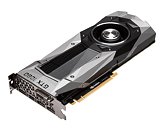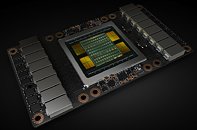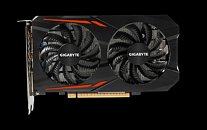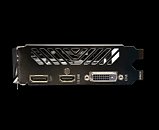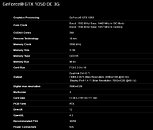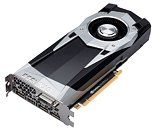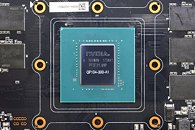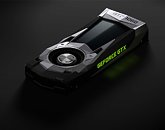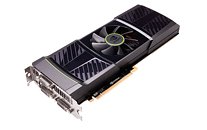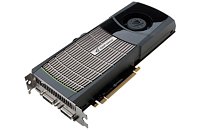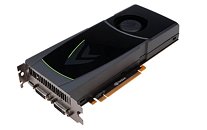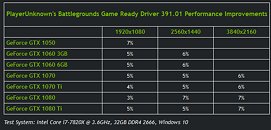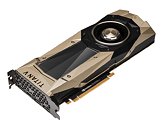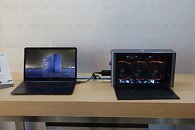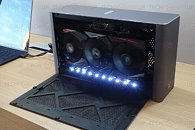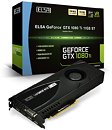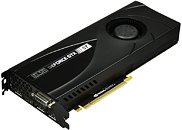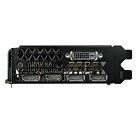
MSI Announces GF63 and PS42 Laptops with Thin Bezel Design
MSI, world's leading brand in gaming hardware, has lifted the curtain for its two brand new laptops at Computex 2018, the GF63 and the PS42. Respectively tailored for gamers and professionals, both models feature the ever-so-popular thin bezel design. The near edge-to-edge aesthetics are not only lighter in weight but also smaller in dimension. Together with the previously-announced GS65, MSI has set a new standard for portability with the "Thin Bezel Gaming" genre.
GF63: Bringing thin and light gaming to the mainstream.
The brand new GF63 debuts in Computex with its 15.6" ultra slim footprint and thin bezel with measuring less than 2 kg in weight. Continuing MSI's gaming DNA and powerful performance, the GF63 carries up to 8th Gen. Intel Core i7 processor and NVIDIA GeForce GTX 1050 Ti graphics, while lasting over 7 hours in battery life. The GF63 provides gamers a new choice of "portable gaming firepower!"
GF63: Bringing thin and light gaming to the mainstream.
The brand new GF63 debuts in Computex with its 15.6" ultra slim footprint and thin bezel with measuring less than 2 kg in weight. Continuing MSI's gaming DNA and powerful performance, the GF63 carries up to 8th Gen. Intel Core i7 processor and NVIDIA GeForce GTX 1050 Ti graphics, while lasting over 7 hours in battery life. The GF63 provides gamers a new choice of "portable gaming firepower!"





